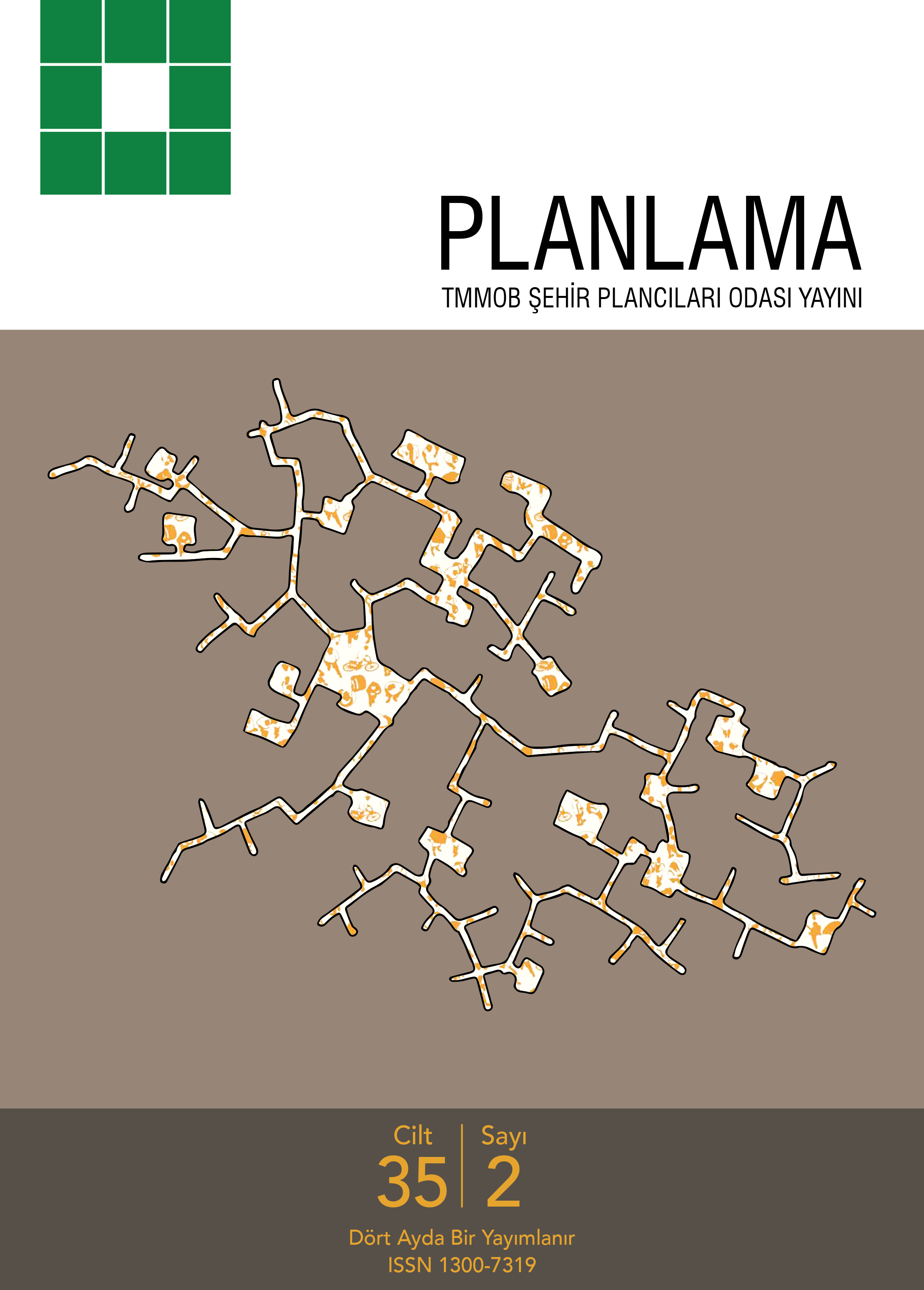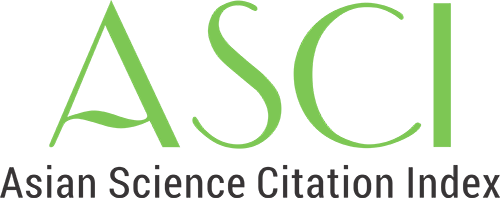Determination of Expected Benefits from Urban Transformation Projects Using AHP-BWM Method
Tuna Batuhan1, Ali Muti2, Çağlar Kıvanç Kaymaz3, Musa Yilmaz41Atatürk University Faculty Of Economics And Administrative Sciences, Department Of Public Administration, Erzurum2Yakutiye Land Registry Directorate, Erzurum
3Atatürk University, Faculty Of Letters, Department Of Geography, Erzurum
4Independent Researcher
In this study, a model consisting of structural (S), environmental (E) and socio-cultural (S) main dimensions and their sub-criteria has been proposed to assist in multi-criteria selection and ranking decisions of the benefits expected from urban transformation projects. The importance levels of the 3 dimensions and 17 sub-criteria in this model were evaluated and analyzed using the Analytical Hierarchy Process (AHP) and Best-Worst Model (BWM), which are among the MCDM methods. According to the results based on the opinions of 13 experts, structural features are the most important dimension in both AHP and BWM methods, followed by environmental features and socio-cultural features. The most important crateria is "taking disaster risks into account" for AHP method and "the design and landscaping of open spaces" for BWM method. The findings of the study make a significant contribution to the literature by defining 3 dimensions and 17 sub-criteria to be used to determine the benefits expected from urban transformation projects and by determining the importance weights for each dimension and criterion with two different methods. It is clear that more explanatory studies are needed to expand the general framework established in this study. In this study, the basic dimensions and criteria and their weights are based on expert opinions presented in the Turkish context. The benefits expected from urban transformation projects have different priorities for each country/city, it would be useful to conduct new studies in the context of countries and cities using expert groups from other countries to provide different perspectives.
Keywords: AHP, BWM, MCDM, urban transformation.Kentsel Dönüşüm Projelerinden Beklenen Faydaların AHS-BWM Yöntemi ile Belirlenmesi
Tuna Batuhan1, Ali Muti2, Çağlar Kıvanç Kaymaz3, Musa Yilmaz41Atatürk Üniversitesi İktisadi ve İdari Bilimler Fakültesi, Kamu Yönetimi Bölümü, Erzurum2Yakutiye Tapu Müdürlüğü, Erzurum
3Atatürk Üniversitesi Edebiyat Fakültesi, Coğrafya Bölümü, Erzurum
4Bağımsız Araştırmacı
Bu çalışmada, kentsel dönüşüm projelerinden beklenen faydaların çoklu kriter seçimi ve sıralama kararlarına yardımcı olmak için yapısal (Y), çevresel (C) ve sosyo-kültürel (S) ana boyutlar ve bunlara ait alt kriterlerden oluşan bir model önerisinde bulunulmuştur. Bu modelde yer alan 3 boyut ve 17 alt kriterin önem dereceleri, MCDM yöntemlerinden olan Analitik Hiyerarşi Süreci (AHS) ve Best-Worst Yöntemi (BWM) kullanılarak değerlendirilmiş ve analiz edilmiştir. 13 uzmanın görüşlerine dayanan sonuçlara göre, AHS ve BWM yöntemlerinin her ikisinde de yapısal özelliklerin en önemli boyut olduğu, ardından çevresel özellikler ve sosyo-kültürel özelliklerin geldiği görülmektedir. Sonuçlar ayrıca, 17 kriter arasında en önemlisinin AHS yöntemine göre yapısal boyutun bir parçası olan afet risklerinin dikkate alınması kriteri olduğunu göstermektedir. BWM yöntemine göre en önemli kriter ise çevresel boyutun bir parçası olan açık alanların tasarımı ve peyzaj düzenlemesi olmuştur. Çalışmanın bulguları, kentsel dönüşüm projelerinden beklenen faydaları belirlemek için kullanılacak 3 temel boyutu ve toplamda 17 alt kriteri tanımlayarak ve her boyut ve kriter için önem ağırlıklarını iki farklı yöntemle belirleyerek literatüre önemli katkı yapmaktadır. Bu çalışmada oluşturulan genel çerçeveyi genişletmek için daha fazla açıklayıcı çalışmaya ihtiyaç olduğu açıktır. Bu çalışmada, temel boyutlar ve kriterler ile bunların ağırlıkları, Türkiye bağlamında sunulan uzman görüşlerine dayandırılmıştır. Kentsel dönüşüm projelerinden beklenen faydaların her ülke ve şehir için farklı önceliklere sahip olabileceği düşünülerek, farklı bakış açıları sağlamak için diğer ülkelerden uzman grupları kullanılarak ülke ve şehir bağlamında yeni çalışmaların yapılması faydalı olacaktır.
Anahtar Kelimeler: AHS, BWM, ÇKKV, kentsel dönüşüm.Manuscript Language: Turkish













